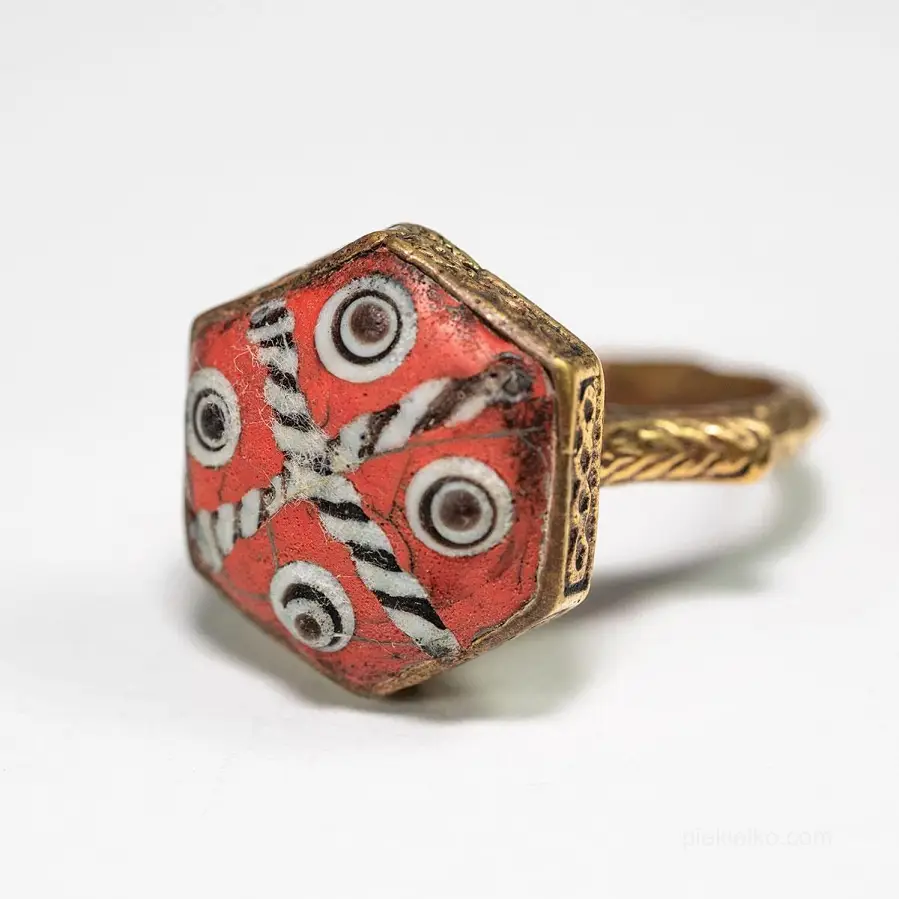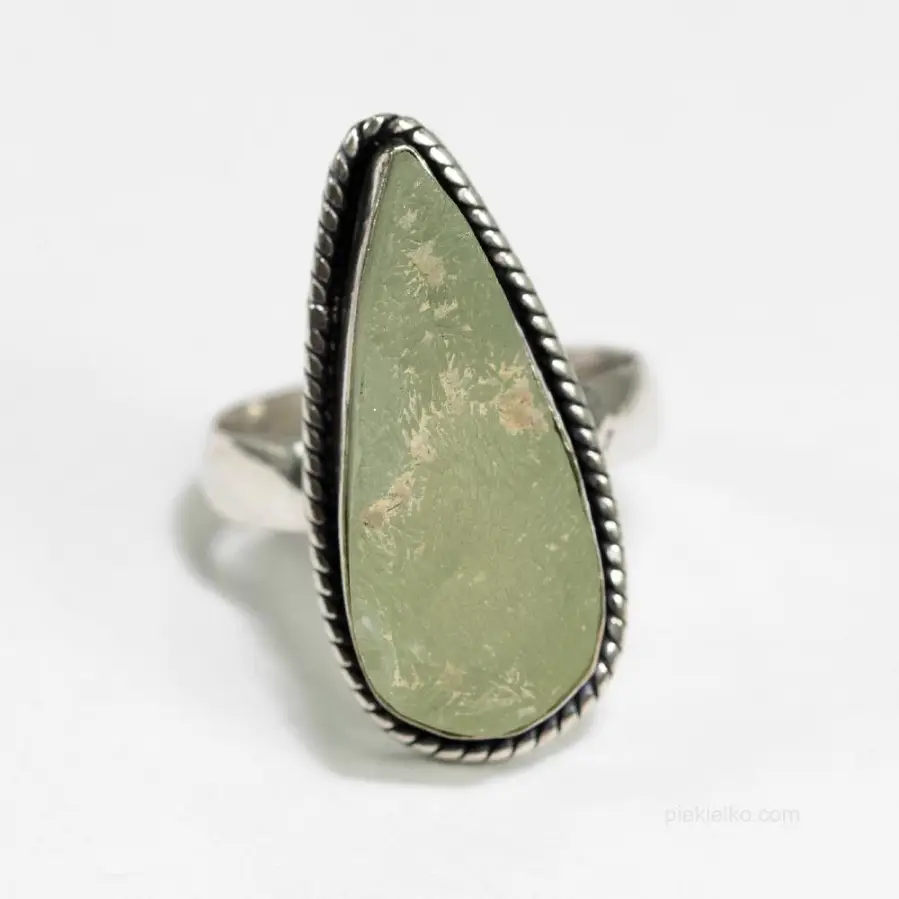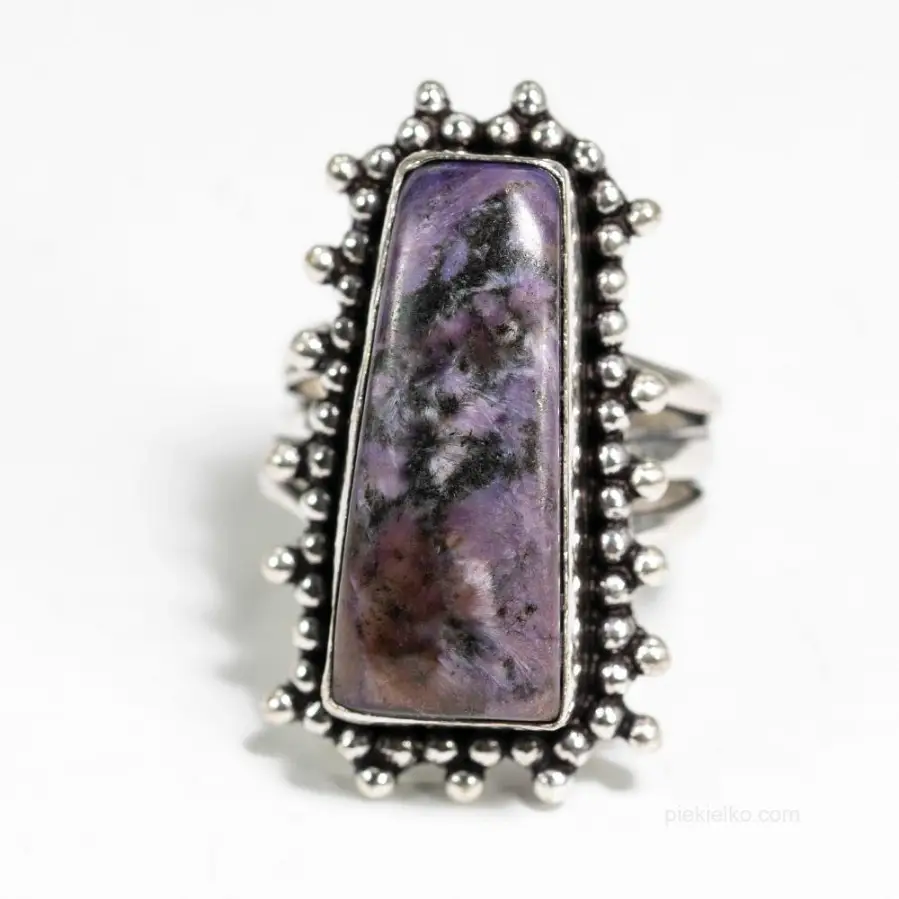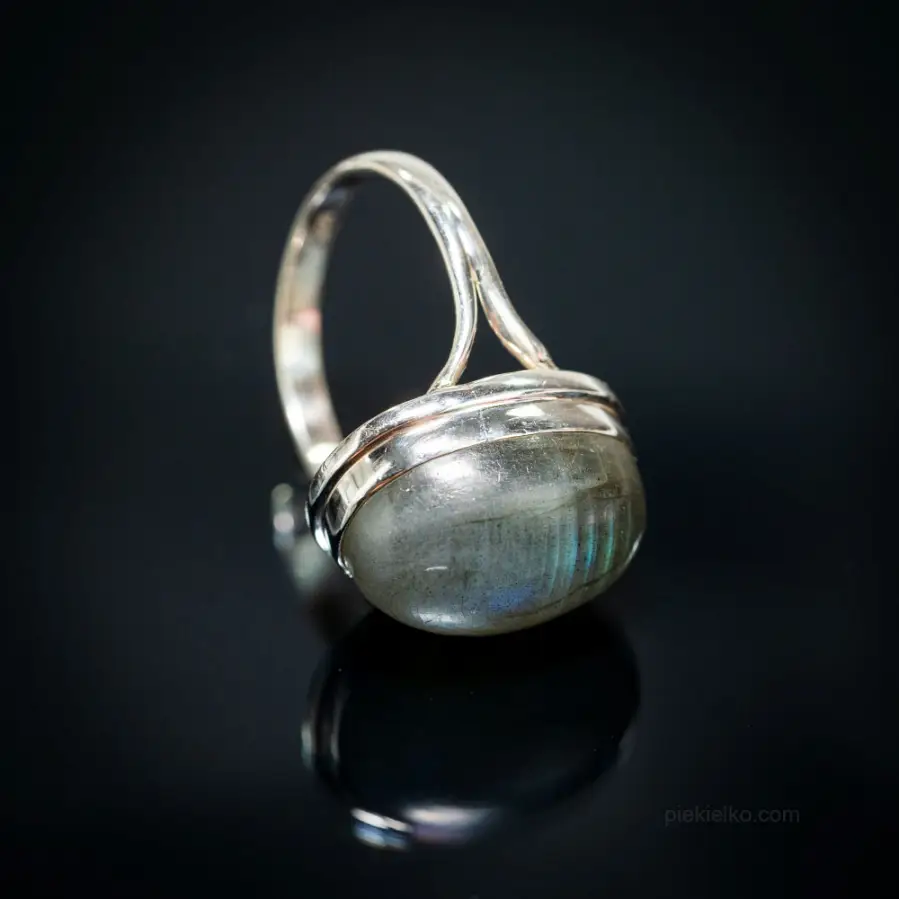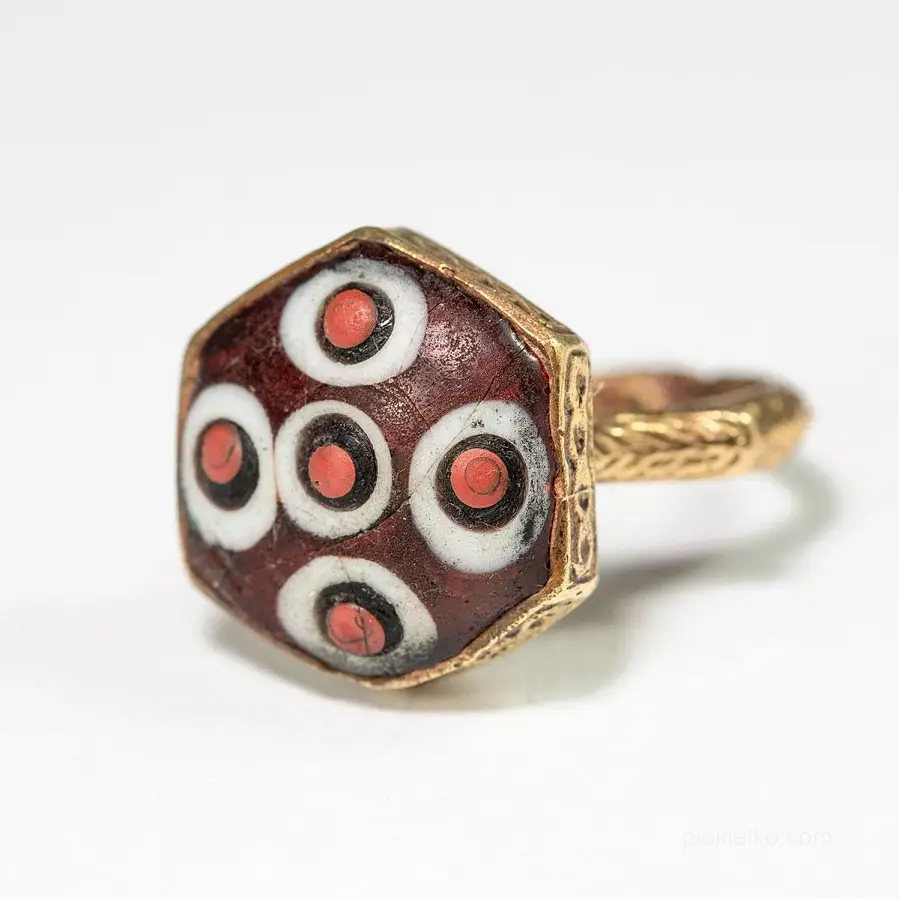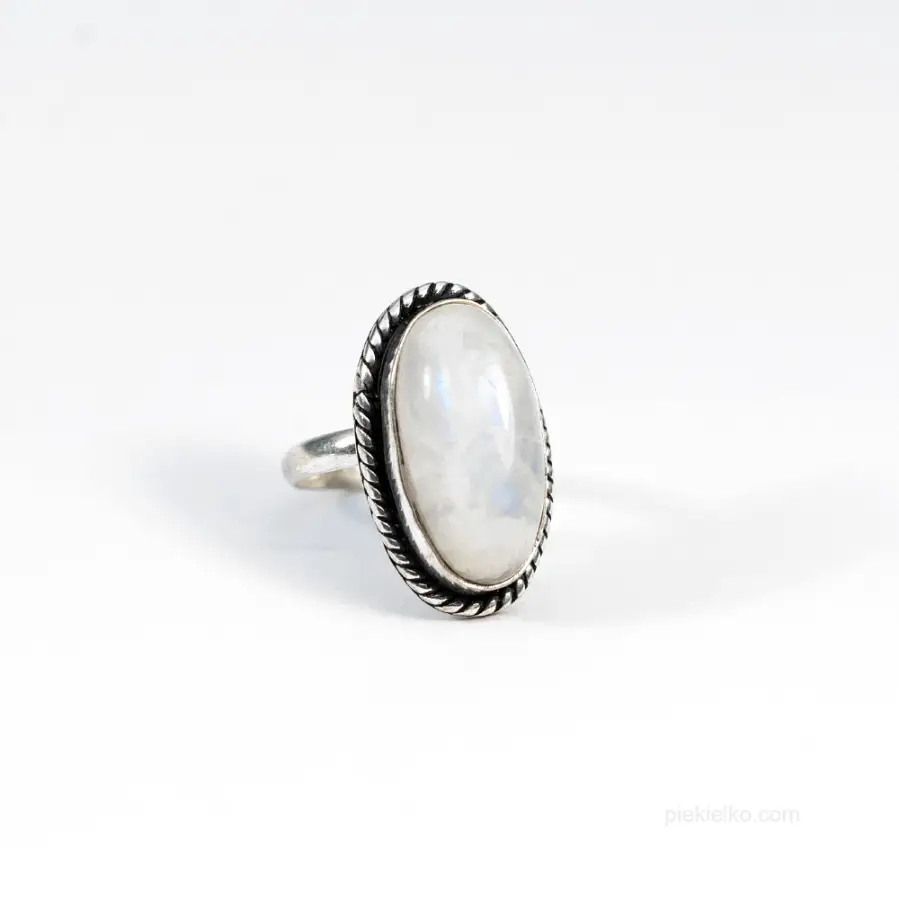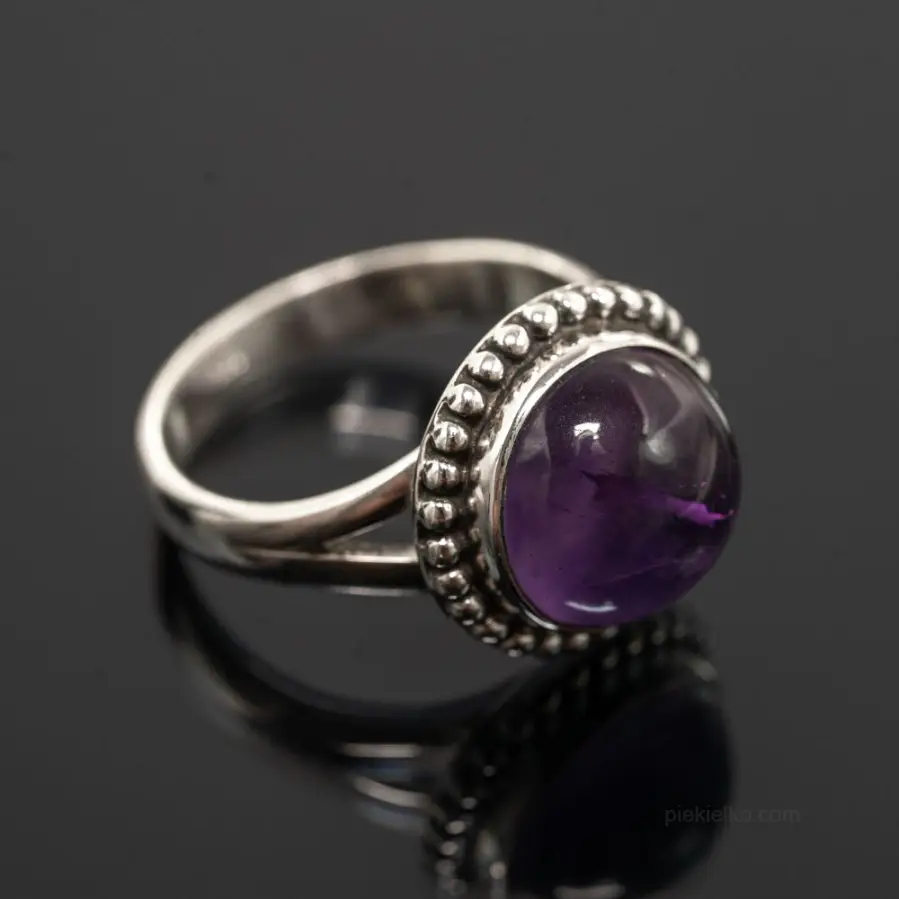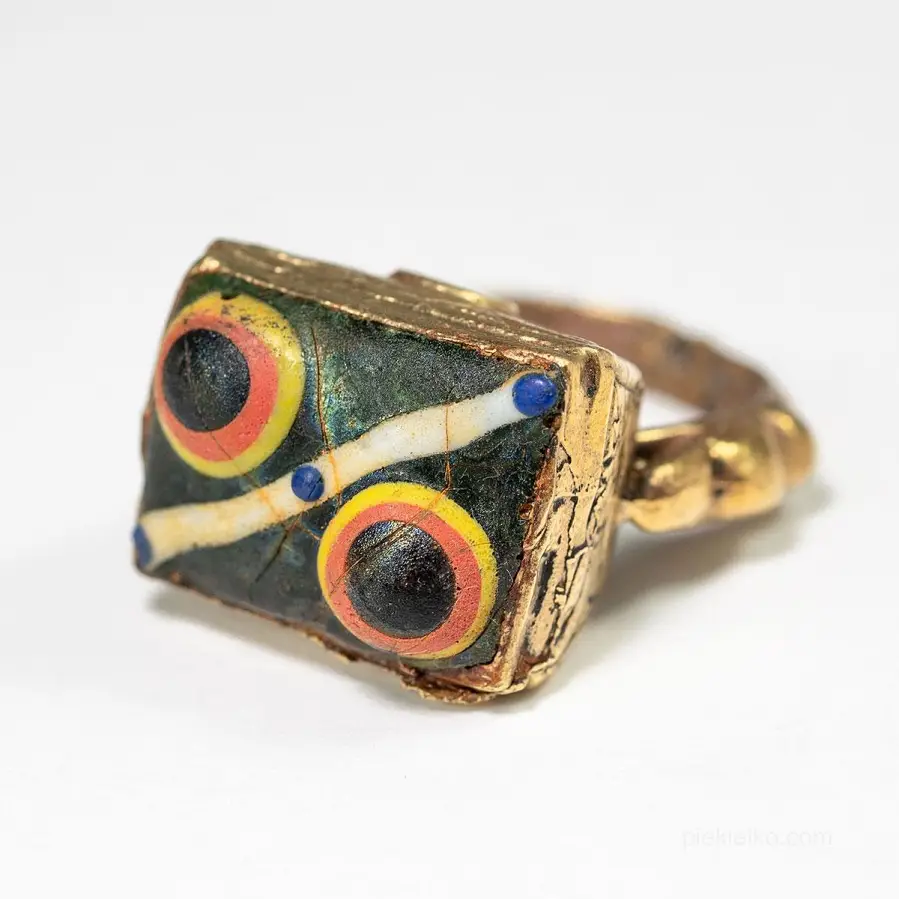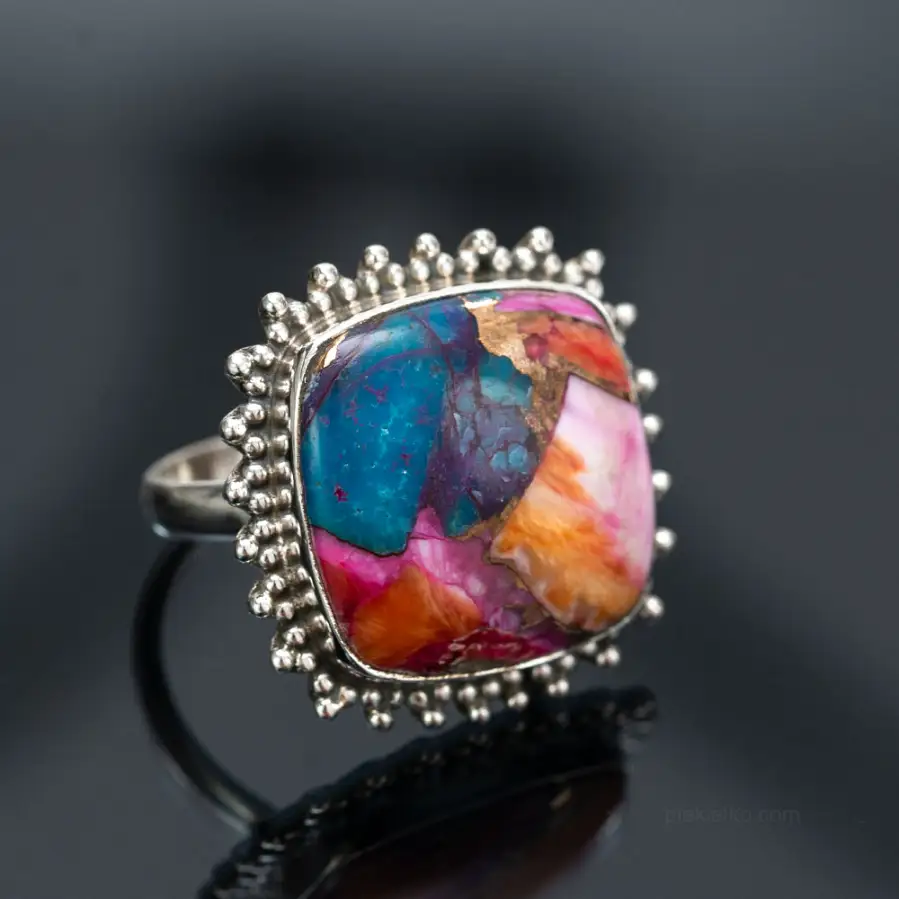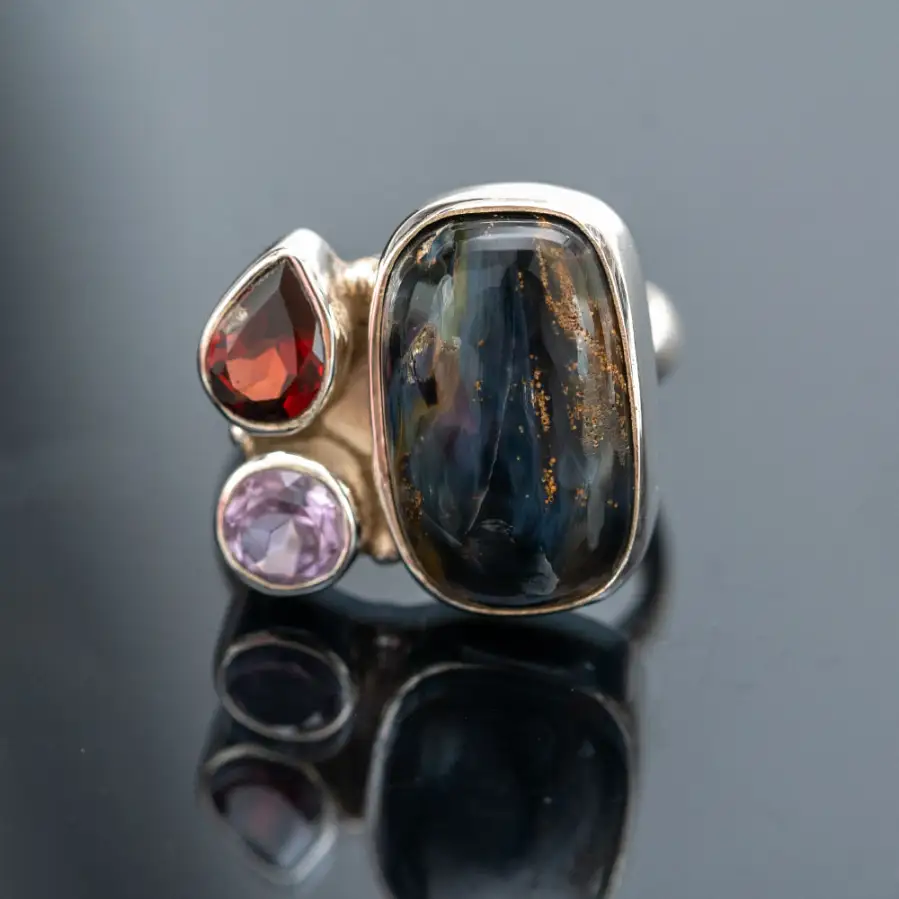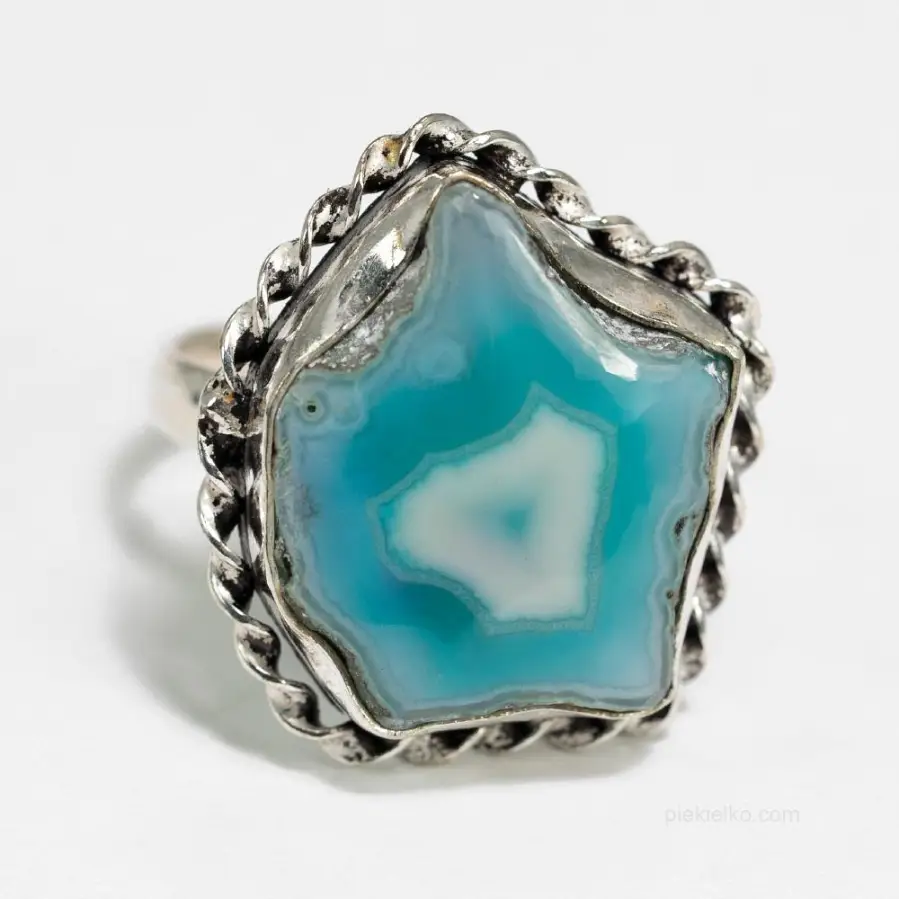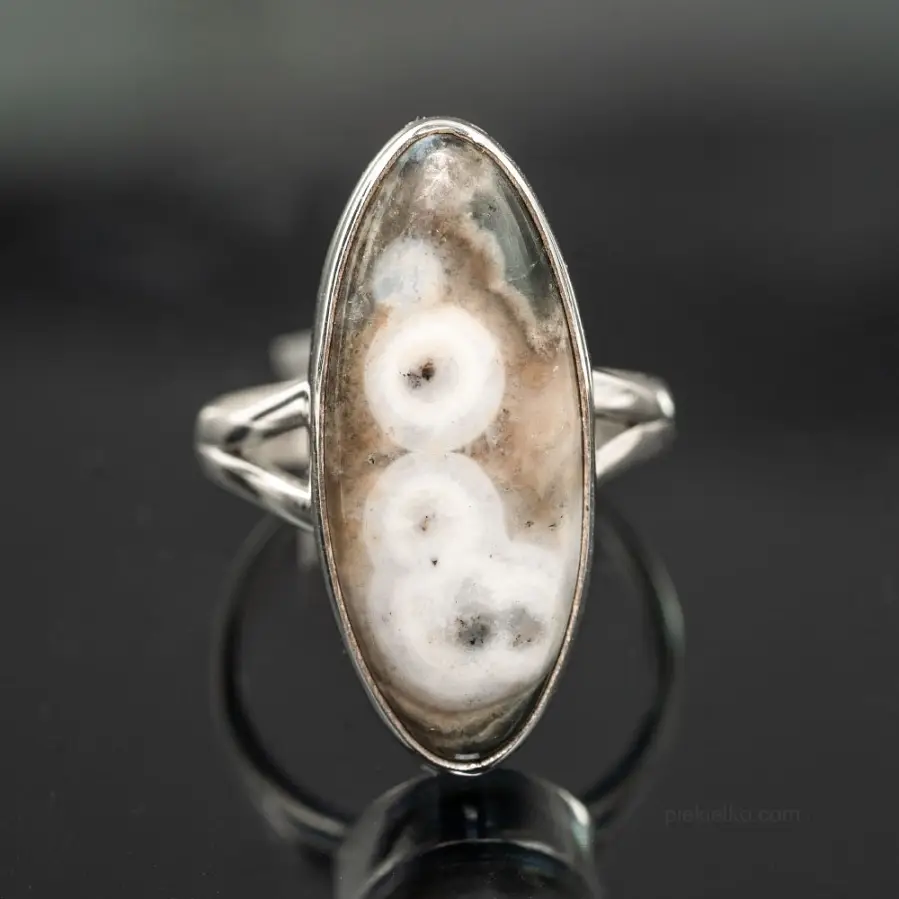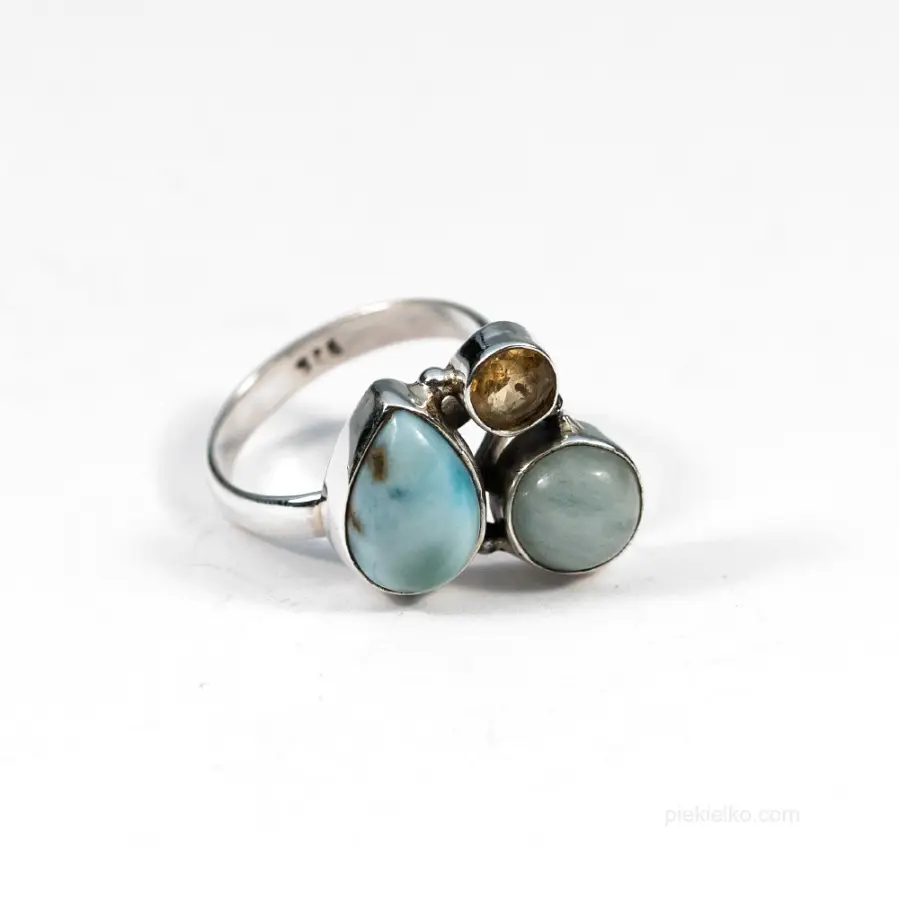Joik - a Saami chant banned for 300 years

It is among the most primordial cultural relics that have survived in Europe to our time. Joik - a throaty, related to yodeling, monotonous singing of the Saami people, in which music is more important than words. In the barren wilderness of the northernmost areas of Scandinavia live their ancient inhabitants, scattered in four countries: Norway, Sweden, Finland and Russia. For centuries they have been a nation of nomadic hunters, fishermen and reindeer herders with a shamanic culture. This is where the roots of joik are found.
Joik singing creates closeness
The Saami don't simply sing their moving songs, but work hard with their imagination: they don't sing about something, they yoik something. That is, the Saami, while yoiking, as if they are bringing something specific near them - it could be an animal, an object or a person. The yoik is a means for them, in the sparsely populated region where they live, to make contact with or remember distant relatives and friends.
Almost everyone has their own personal joik. When a child is born, he or she usually receives a gift from his or her parents: this is a few tones, a short motif that will be expanded over the course of life and may grow, but will always remain recognizable. In this way, each and everyone has an individual musical signature. Until death.
The essence of joik
Joik is performed by both men and women and includes sung text or meaningless syllables. In ancient times, it was the only traditional musical form of the Saami and consisted of solo singing without accompaniment. Joik is only partially formalized, and about half of it is improvisation. Basically, it is born spontaneously in man, as a result of living in harmony with nature; so it is not simply improvisation. Joik simply exists and adapts to the mood and landscape. During artistic performances, too, it adapts to the situation to some degree. There are changes in rhythm and melody. A single vibrato and a fast or slow tremolo are incorporated.
Ritual joik
In pre-Christian times, joik was both the ritual chant of shamans and the secular chant of all Saami. Shamans (noajde) moved with the help of a magic drum and joik into a state of ritual ecstasy.
Radical prohibition
Saami chanting once resounded traditionally during private gatherings, festivals or shamanic ceremonies, often accompanied by a shamanic drum. But only until the 17th century. Then the systematic Christianization of the Saami began. Almost all shamanic drums were destroyed, many shamans were killed, and joik - as a manifestation of the old religion - was banned. Many priests stigmatized it as a sin.
Revival after three centuries
The persecution of traditional joik singing continued for nearly 300 years, and it wasn't until the 1970s that things began to change for the better. The Saami formed an independence movement of sorts, demanding more rights for themselves. In the midst of this new search for a national identity, there was a revival of joik singing. It somehow managed to survive centuries of persecution in the harsh conditions of the North as a profound symbol of Saami culture. There were many enthusiasts who picked up the ancient joik tradition. Sometimes, instead of learning to sing from their grandparents, they had to use old recordings in radio archives.
Every year at Easter, Kautokeino (in the Norwegian province of Finnmark) hosts the "Sami-Grand-Prix," a music festival where Saami people perform joik songs they have created.
- Created on .
- Last updated on .
- Hits: 11179




